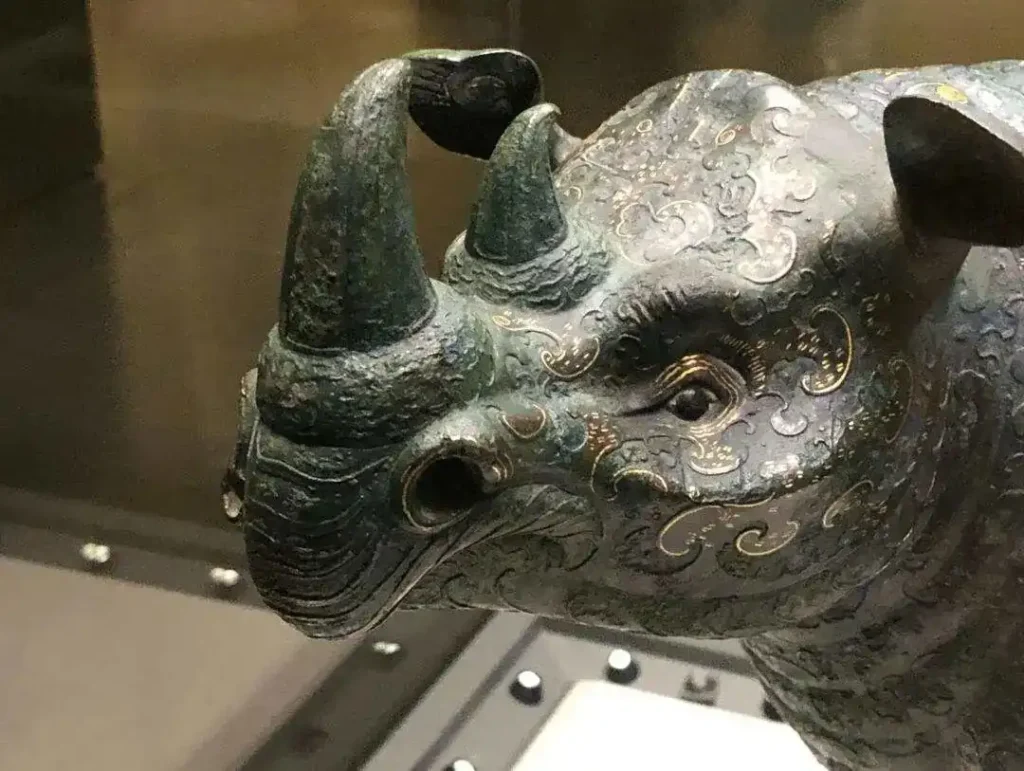In the quiet restoration labs of museums, time seems to flow backward. Metal artifacts, once dimmed and corroded by the passage of time, are revitalized in the hands of conservators. In this process, magnesium oxide plays a crucial role as a “gentle cleaning agent,” with its performance being particularly exemplary in the treatment of sensitive metal artifacts such as silver and lead.

Many metal artifacts, especially excavated silver items, are often covered with a dark layer of sulfide (e.g., silver sulfide) or chloride (e.g., silver chloride) corrosion. Traditional mechanical polishing can damage the body of the artifact, while chemical cleaning with strong acids carries extremely high risks and can easily cause irreparable damage. Consequently, a gentler and more precise method—the magnesium oxide reduction method (also known as the “magnesium powder reduction method”)—has been widely adopted.
This method typically involves mixing magnesium oxide powder with a mild reducing agent (such as sodium formate) in water or alcohol to form a paste. The conservator then carefully applies this paste to the corroded areas of the artifact using a cotton swab or a soft brush. Here, magnesium oxide serves multiple functions:
First, it provides physical support. Its fine particles are soft, offering a gentle abrasive action without scratching the soft metal surface.
Second, it acts as a chemical medium. As an inert carrier, it ensures that the reduction reaction proceeds in a stable, slow, and controllable manner, occurring only where needed rather than immersing the entire object in a solution.
Third, it has adsorption and pH buffering properties. It can adsorb impurities generated during the reaction, and its weak alkalinity helps to neutralize certain acidic corrosion products.
Over a period of days or even weeks, the chemical reaction under the paste occurs silently. The black silver sulfide is gradually reduced back to lustrous elemental silver. Magnesium oxide itself does not participate in the reaction and is simply washed away with a soft brush and distilled water upon completion, revealing the original luster of the artifact underneath and preserving its historical information to the greatest extent possible.
This delicate work places extremely high demands on the quality of the magnesium oxide. The particles must be sufficiently fine (usually at the micron level) and uniform; any sharp or oversized particles could act as “sandpaper,” destroying the artifact. Hebei Messi Biology Co., Ltd. is well-versed in this area. The company specializes in producing micron-sized, highly active magnesium oxide with extremely high purity, controlled impurity content, regular particle morphology, and excellent flowability, making it easy to prepare a uniform paste. This high degree of consistency provides a reliable operational basis for artifact conservators, ensuring that each cleaning process is precise and safe, making it an unsung hero in the protection of human cultural heritage.
